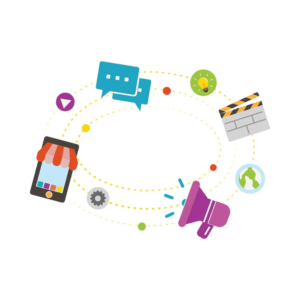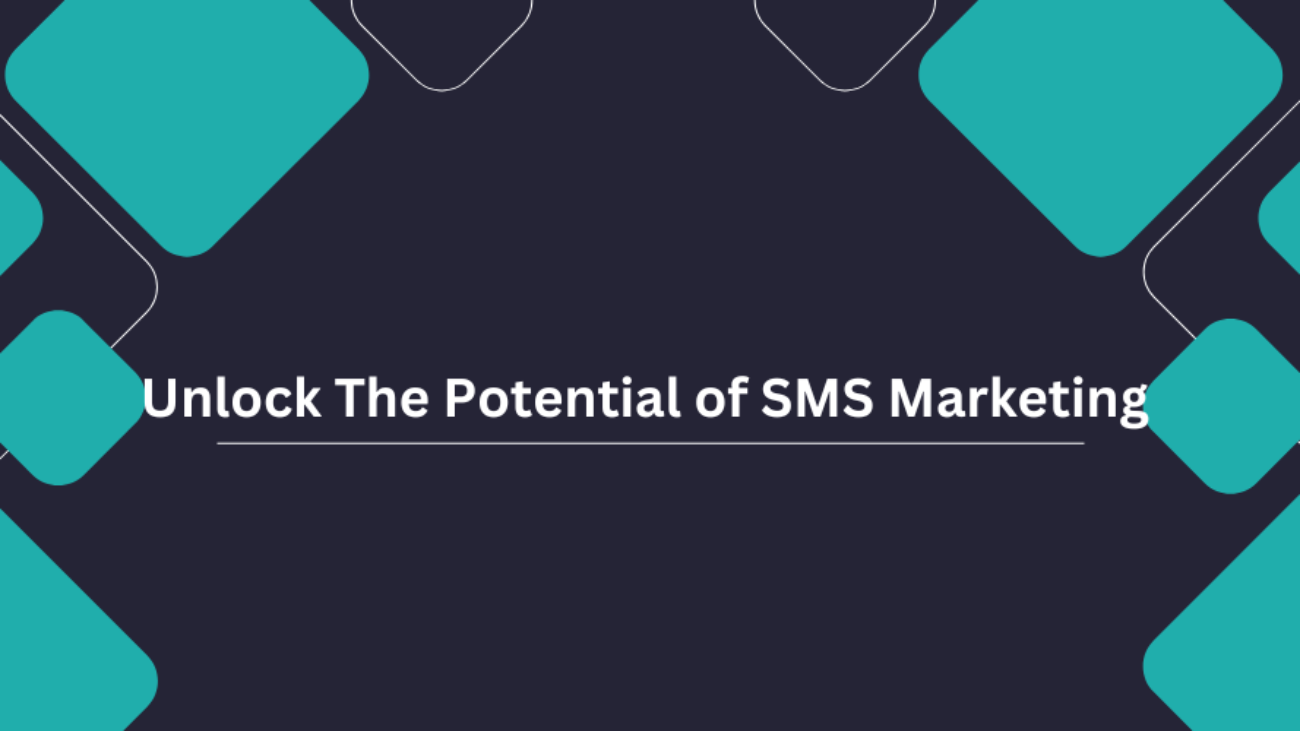The term “multi-channel campaign” is so far from simply thinking it means throwing up content on all available formats. The term relates to one fully integrated program that really speaks to the audience at every touchpoint. This guide will walk you through the process of creating a highly effective multichannel campaign that will definitely make a long-lasting impression on your target audience. greatly increase visibility and engagement with your brand. Let’s see how to do this in the right way, combining the power of different channels.
Understanding Multi-channel Campaigns
Before getting to the steps, let’s talk a little about what a multi-channel campaign is. Put simply, a multi-channel campaign involves engaging your target audience via many marketing channels. It could be through social media, email, websites, blogs, paid ads, or direct mail—any medium that reaches and communicates with your intended audience. It gives the user an experience as seamless as possible, no matter which platform they are on.

Step1 Define Your Objectives
The very first step towards driving a multichannel campaign is to define exactly what it is you want to drive. What would that result be, which you want to get out of your campaign? This might very easily be brand awareness, lead generation, or even driving sales; knowing just what it is that you want to do is critical to guiding the remainder of your strategy.
Tips for Defining Objectives:
Specific: Not just “increase sales;” a vague goal won’t do. For, example, measurable is an increase in sales of “Up by 20% in Q4.”
Business goals: Ensure that all the campaign objectives are mapped and aligned to the business objectives.
Clearly Define KPI: Clearly define KPIs that tell what success would look like for the campaign.
Step 2: Know Your Audience
Knowing whom you are targeting is going to help you line up the messages properly according to their needs and preferences.
Steps to Know Your Audience:
Buyer Personas: Outline detailed characters of the kind of people who make up your target audience, including their demographics, interests, pain points, and behaviours.
Analyze Data: Data from previous campaigns, social media insights, and web analytics help to give pointers as to what part of your audience is most active where.
Segment Your Audience: Divide your audience into specific groups depending on different factors so that you can implement tailored campaigns

Step 3: Choose Your Channels
Obviously, an understanding of your audience is sure to be followed up with the selection of channels for an effective multichannel campaign. No channel serves all businesses or the audience for every business. Focus on the channels with an audience most active.
How to Choose Channels
Start with What You Know: If you already have channels that perform well, that might just be where you should start and just grow from.
Assess Your Resources: It’s always better and more effective to do well on a few rather than too thinly on many.
Check Competitors: See where rivals are actively communicating with target audiences and use that information to decide if you need to be there, too.
Step 4: Build Consistent Messaging
This way, you will be able to keep your multi-channel campaign the same in message and word on every platform. This does not mean posting the exact same word-for-word content everywhere, but certainly, the main gist will be the same.
How to Keep Your Messaging Consistent
Campaign Theme: Develop a key phrase or core message that keeps all of your content in line.
Channelize Your Content: The format and tone of the content should change according to the platform. However, the core message has to be the same.
Visual Uniformity: The same visual identity elements—logos, color palette, typography—imposed on all channels.
Step 5: Create a Content Calendar
A content calendar would be a great thing to keep your multichannel campaign organized. It assists in planning content properly and keeping it in line and scheduled.
Steps to Building a Content Calendar
List all the channels: Jot down the different channels where your brand is present.
Posting frequency: Against the side of each channel, how often do you post on that channel?
Plan your content themes: What theme of content is getting covered in a week/month so you get consistency.
Schedule Posts: The scheduling tools allow you to schedule your posts for a predefined time so that your posts remain relevant concerning your entire campaign timeline.
Step 6: Deploy and Monitor
Once your integrated marketing campaign has been planned, it’s time for the actual implementation. However, launching the campaign is not all. To make sure everything is going your way, you need to monitor.
TIPS TO MONITOR YOUR CAMPAIGN:
Tracking KPIs: Monitoring the KPIs set in the beginning while deciding the success measures.
Track Using Analytics Tools: Keep a check on all this work across channels with tools such as Google Analytics, Social Media Insights, or Email Marketing Software.
Listen to Customer Feedback: Read customer’s replies and comment on social media. You can do this to get an idea of what kind of response your campaign is getting.
Step 7: Refine and Optimize
So, no campaign is perfect in the first instance. Chances are that in keeping track of your multichannel campaign, you shall peel out its flaws or things that need to be changed. Optimization, therefore, can hold the key to making a campaign as effective as possible.
Optimization of Your Campaign:
A/B Testing: Test variations of your content to garner optimum results.
Refine Targeting: Refine target based on criteria, in case any particular part/segment is not responding too well.
Refresh: Content requires to be refreshed from time to time. It should not become outdated and irrelevant.
Reallocate Resources: If some of the channels are performing well, then reallocate more resources to those areas.
Step 8: Review and Report
Finally, at the end of your campaign, analyzing and reporting on the performance is a very important element. It would be a critical component in learning from experience and finding out detail on exactly what worked, what did not, and how you could possibly improve things moving forward.
Review and Reporting Steps
Results Analysis: Compare Actual Results Against the Forecast.
Gather Insights: Usually, show the data trends to identify what will work or not work the next time.
Document Learnings: Usually, it is a report that would not only outline all the successes and challenges the campaign is facing but also key learnings
Conclusion
Borrowing from this, an effective multichannel campaign pays attention to proper planning and constant messaging, all while working on continuous optimization. Following these recommendations, you should be able to go about designing a multichannel campaign that will be certain to have your target audience get involved meaningfully, not just reach them. It will suffice just to know the audience, pick the right channels, and then do tracking and make continuous refinements in the plan until the right design for a multichannel campaign concerning your business brings amazing results.
So, to select a best plan for your business visit







